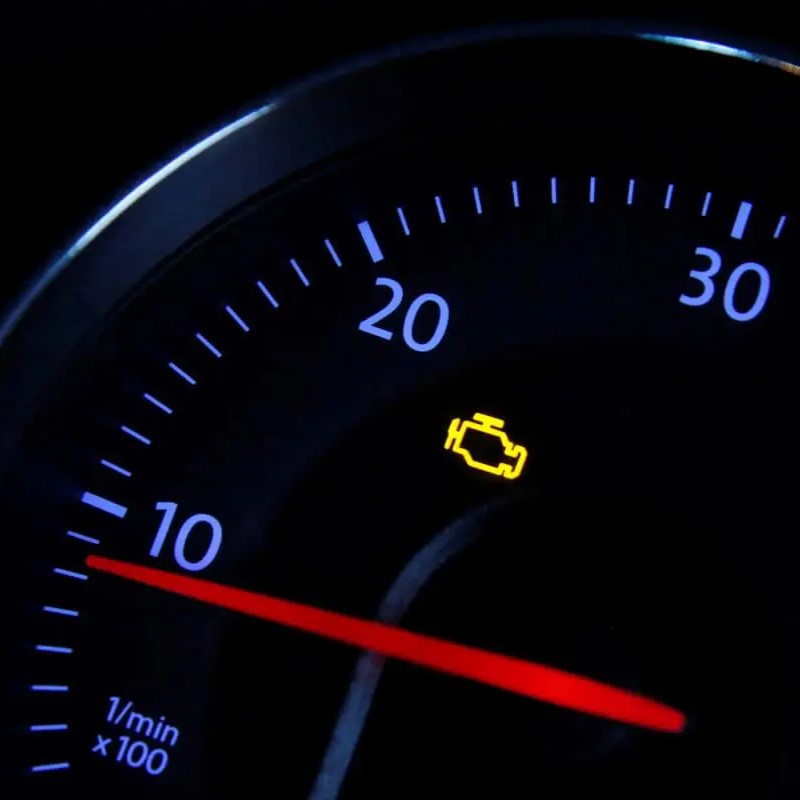The dashboard. A sea of symbols and lights, most fade into the background as we drive. But one, a squiggly car or a tire with a slash through it, can send a jolt of panic – the traction control light.
Fear not! This article will be your compass, navigating the world of traction control lights. We’ll explore what it means, why it illuminates, and the steps you should take. Buckle up, and let’s dive in!
Traction Control: A Guardian Angel on Wheels
Imagine rounding a bend on a rainy road. Suddenly, your wheels lose traction, and your car starts to skid. This is where traction control comes in, acting like an invisible guardian angel. It’s a system that monitors wheel speed and engine power. If it detects a wheel spinning too fast (a sign of lost traction), it reduces engine power or applies braking to individual wheels, helping you regain control.

The Language of Lights: Demystifying the Traction Light
So, the traction light flickers on. What does it mean? Here’s a breakdown:
- Light Illuminates Briefly at Startup: This is normal. It’s the system performing a self-check, like a quick stretch before a marathon.
- Light Stays On Steadily: This indicates the traction control system is disabled, meaning it won’t intervene if your wheels lose grip. This could be due to a button press (traction control is sometimes defeatable in off-road situations) or a system malfunction.
- Light Flashes or Illuminates While Driving: This is the most common scenario. It signifies the traction control system is actively working to maintain traction. This can happen when:
- You’re accelerating hard on a slippery surface (rain, snow, ice).
- You’re taking a sharp turn at high speed.
- A sensor or component in the system malfunctions.

Should You Pull Over?
Generally, you can continue driving with the traction control light flashing – it simply means the system is engaged. However, use caution, especially in adverse weather conditions. Be aware that without traction control’s safety net, you’re more prone to skids and loss of control.

Red Flags: When to Seek Help
Here are some situations that warrant a visit to a trusted mechanic:
- The traction light stays on constantly, even after restarting the car. This suggests a system malfunction.
- The traction light comes on accompanied by other warning lights, particularly those for the ABS (anti-lock braking system) or brakes. This could indicate a more serious issue with your braking system.
- You experience unusual handling or difficulty maintaining control of your vehicle. This could be a sign of a separate problem that the traction control system is struggling to compensate for.
Taking Care of Business: Diagnosing and Fixing the Issue
There’s no one-size-fits-all answer for fixing a traction control light issue. Here’s what a mechanic might do:
- Scan the car’s computer system for trouble codes. These codes pinpoint the source of the problem, whether it’s a faulty sensor, a wiring issue, or a malfunctioning component.
- Repair or replace the faulty component. Based on the diagnosed problem, the mechanic will fix the specific issue.
- Reset the system. Once the repairs are complete, the mechanic will reset the traction control system to ensure it functions properly.

Prevention is Key: Maintaining Traction Control
While some malfunctions are unavoidable, regular car maintenance can help prevent traction control problems. Here are some tips:
- Follow your car’s recommended maintenance schedule. This includes routine checks of tire pressure and tread depth, as well as fluid levels for the braking and traction control systems.
- Invest in quality tires. Tires are the only point of contact between your car and the road. Proper inflation and appropriate tread depth are crucial for maintaining traction.
- Avoid harsh driving maneuvers. Don’t slam on the brakes or accelerate aggressively, especially in slippery conditions.
Avoiding abrupt acceleration, deceleration, and hard braking
Imagine cruising down the road, feeling in complete control of your vehicle. This sense of mastery comes not just from following the rules, but also from practicing smooth driving techniques. Three key elements contribute to a comfortable and safe ride: avoiding abrupt acceleration, deceleration, and hard braking.
Why Smoothness Matters
Aggressive maneuvers can be unsettling for passengers and, more importantly, compromise safety. Here’s how:
- Loss of Traction: When you slam on the gas or brakes, you upset the delicate balance between your tires and the road. This can lead to a loss of traction, potentially causing skids and loss of control.
- Passenger Discomfort: Jerky acceleration and braking throws passengers around, creating an unpleasant ride and potentially causing nausea.
- Increased Wear and Tear: Harsh maneuvers put extra stress on your vehicle’s mechanics, accelerating wear and tear on brakes, tires, and suspension components.
The Art of Gentle Maneuvers
So, how do we achieve that smooth and controlled driving experience? Here are some tips:
- Anticipate Traffic Flow: Look ahead and adjust your speed gradually to match the flow of traffic. This allows for gentle acceleration and avoids the need for sudden braking.
- Maintain a Safe Distance: Leave ample space between your car and the vehicle in front of you. This buffer zone gives you time to react to situations without resorting to abrupt maneuvers.
- Feather the Pedals: Instead of slamming on the gas or brakes, apply pressure progressively. Think of it like feathering a pillow – gentle and controlled.
- Engine Braking: When possible, use engine braking to slow down. This involves taking your foot off the gas pedal and letting the car’s natural resistance slow you down gradually.
Bonus Tip: Patience is Key
Remember, patience is a virtue on the road. Avoid the urge to rush and focus on maintaining a steady pace. By anticipating, maintaining distance, and using gentle control, you’ll not only create a more comfortable driving experience but also a safer one for yourself and others.
The Benefits of Smooth Driving
Mastering these techniques offers a multitude of benefits:
- Enhanced Safety: Reduced risk of skids, accidents, and injuries.
- Increased Passenger Comfort: A smoother ride for everyone in the car.
- Improved Fuel Efficiency: Smoother acceleration and braking can lead to better gas mileage.
- Reduced Wear and Tear: Less stress on your vehicle’s components translates to lower maintenance costs.
So, the next time you get behind the wheel, remember the power of smooth driving. It’s not just about comfort; it’s about safety, efficiency, and ultimately, enjoying the journey.

The Final Lap: Stay Informed, Stay Safe
Understanding your car’s traction control light empowers you to make informed decisions on the road. By recognizing the different scenarios and taking appropriate action, you can ensure a safer and more controlled driving experience. Remember, a little knowledge can go a long way, keeping you and your loved ones safe on every journey.





